- News
Pedagogy in History and Geography holds a discussion and launches books by prominent historians
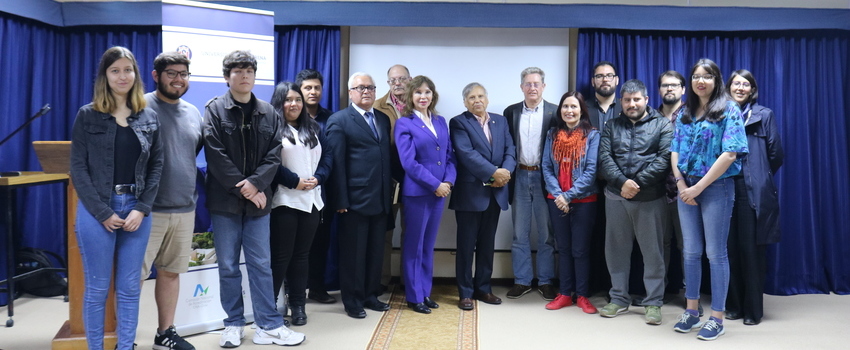
Emphasizing the importance of the future is the main line pursued by both publications by prominent historians worldwide, who within the framework of the 50th anniversary of the Pedagogy degree in History and Geography at the University of La Serena held a launch discussion.
In the Andacollo Hall of the Central House of the University of La Serena, the discussion and launch of the publications of the academic from the University of Alcalá, Spain, Dr. Pedro Pérez Herrero, and the 2008 National History Prize winner and Emeritus Professor took place. from the Catholic University of Valparaíso, Dr. Eduardo Cavieres Figueroa.
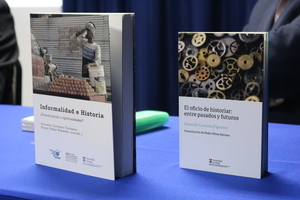 The discussion took place within the framework of the activities to celebrate the fiftieth anniversary of the Pedagogy in History and Geography degree, in which university authorities, academics and students were present, who participated in an enriching day in favor of reflection and deepening around these two new publications.
The discussion took place within the framework of the activities to celebrate the fiftieth anniversary of the Pedagogy in History and Geography degree, in which university authorities, academics and students were present, who participated in an enriching day in favor of reflection and deepening around these two new publications.
Both books were written collaboratively by both history professors, “Informality and History: Precariousness or opportunities?” and “The Historian's Office: between pasts and futures”, which invite readers and future historians to adopt a more purposeful vision of professional practice.
The academic from the University of Alcalá, Spain, Dr. Pedro Pérez Herrero, stressed that the current mission consists of building new narratives. “What students must learn is to build their own history, learn not to repeat, not to memorize, but to build, they must be free. The spirit of self-criticism is based on freedom, and freedom means commitment and responsibility,” he stated.
Likewise, the 2008 National History Prize winner, Dr. Eduardo Cavieres Figueroa, emphasized his special link with the Pedagogy degree in History and Geography at the University of La Serena and emphasized the vitalizing importance of history in favor of improvements for the common benefit. “Sensibleness is essential in our lives and in the development of history,” he noted.
The discussion allowed those present to participate in a thoughtful round of questions in which the search for answers to current regional, national and global events took precedence, in favor of the collective construction of a world compatible with the conceptions of the common good.
Written by Paula Godoy, ULS journalist
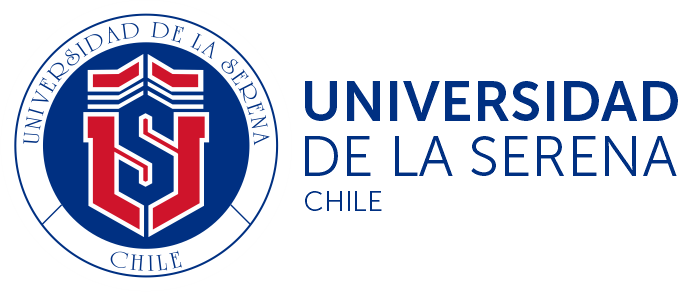
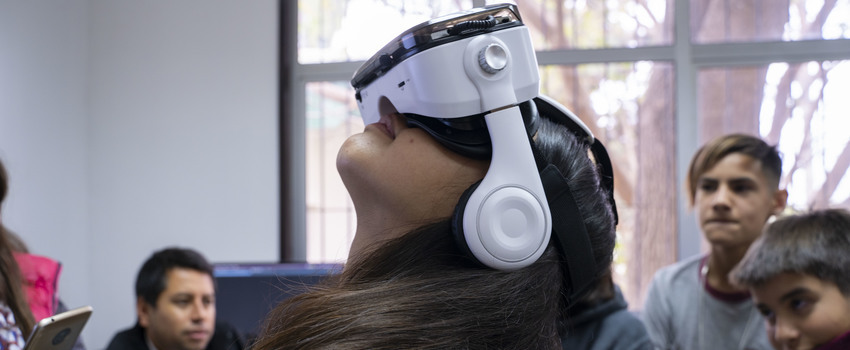
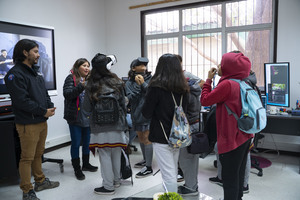 Campus Digital also collaborated in these visits and organized a tour of its facilities, where visitors from the Cervantes and Horizontes schools were able to learn about all the processes that are carried out. They were shown step by step the implementation of the current Univrso initiative
Campus Digital also collaborated in these visits and organized a tour of its facilities, where visitors from the Cervantes and Horizontes schools were able to learn about all the processes that are carried out. They were shown step by step the implementation of the current Univrso initiative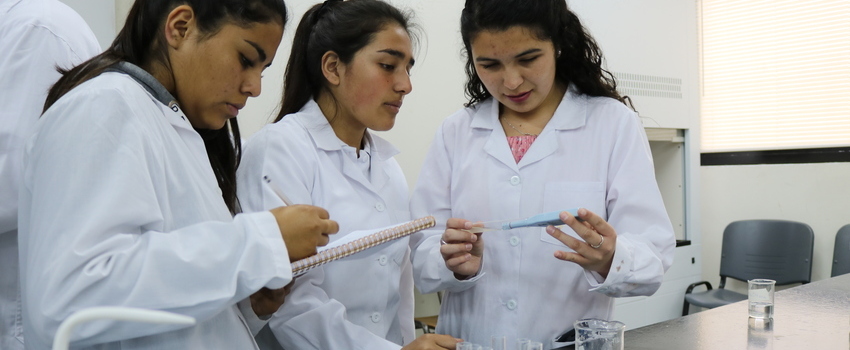
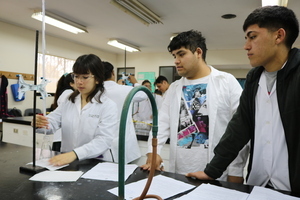 The objective is to bring the enjoyment and understanding of these topics closer. For this purpose, an experience was provided associated with the Teaching Practice subject, which is taught in the sixth semester of the degree, around Acid-Base Assessment.
The objective is to bring the enjoyment and understanding of these topics closer. For this purpose, an experience was provided associated with the Teaching Practice subject, which is taught in the sixth semester of the degree, around Acid-Base Assessment.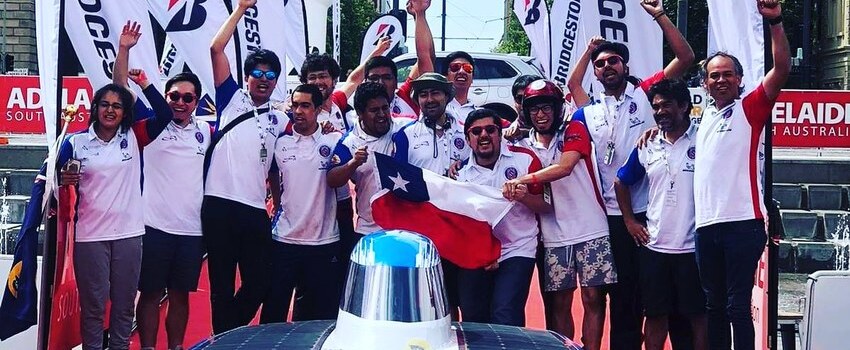
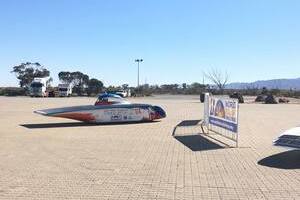 This is the third time that the Chilean car participates in this world championship, since in 2013 Intikallpa was the first Latin American vehicle to conclude the competition, reaching 2nd place in the Adventure category. In 2017 it placed 10th in the main category of the race, after the Stanford University solar car.
This is the third time that the Chilean car participates in this world championship, since in 2013 Intikallpa was the first Latin American vehicle to conclude the competition, reaching 2nd place in the Adventure category. In 2017 it placed 10th in the main category of the race, after the Stanford University solar car.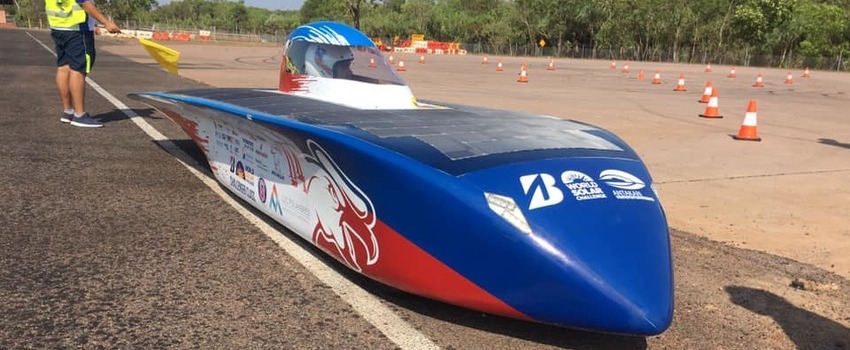
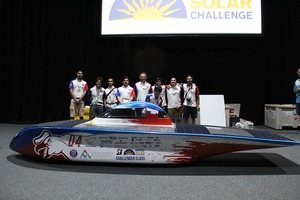
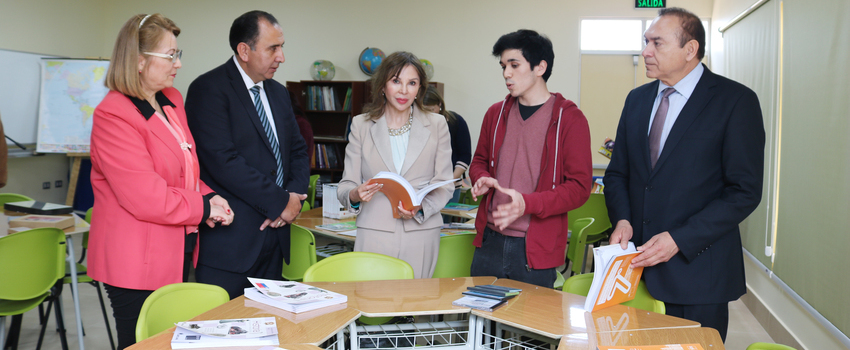
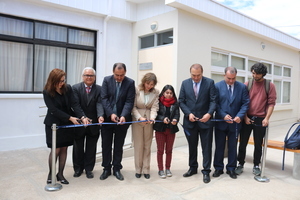 For the Rector of the University of La Serena, Dr. Nibaldo Avilés Pizarro, this new space will allow the level of the degree to be further enhanced. “We are very proud of our Pedagogy degree in History and Geography, which has produced several very important leaders for the development of the region and the country,” he stated.
For the Rector of the University of La Serena, Dr. Nibaldo Avilés Pizarro, this new space will allow the level of the degree to be further enhanced. “We are very proud of our Pedagogy degree in History and Geography, which has produced several very important leaders for the development of the region and the country,” he stated.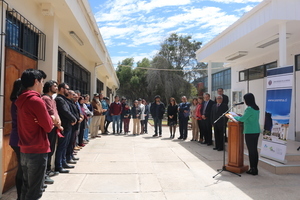 Access to teaching resources for career students will be an enhancer in their professional training. In this regard, the Director of the School of Pedagogy in History and Geography, Dr. Fabián Araya Palacios, explained that the laboratory has two foundations, one based on the theory of multiple intelligences and for the development of cognitive work. “This laboratory aims to work more actively, solving problems and developing innovation, we want to advance in smart classrooms, in the digital world and in the future have augmented reality,” he stated.
Access to teaching resources for career students will be an enhancer in their professional training. In this regard, the Director of the School of Pedagogy in History and Geography, Dr. Fabián Araya Palacios, explained that the laboratory has two foundations, one based on the theory of multiple intelligences and for the development of cognitive work. “This laboratory aims to work more actively, solving problems and developing innovation, we want to advance in smart classrooms, in the digital world and in the future have augmented reality,” he stated.